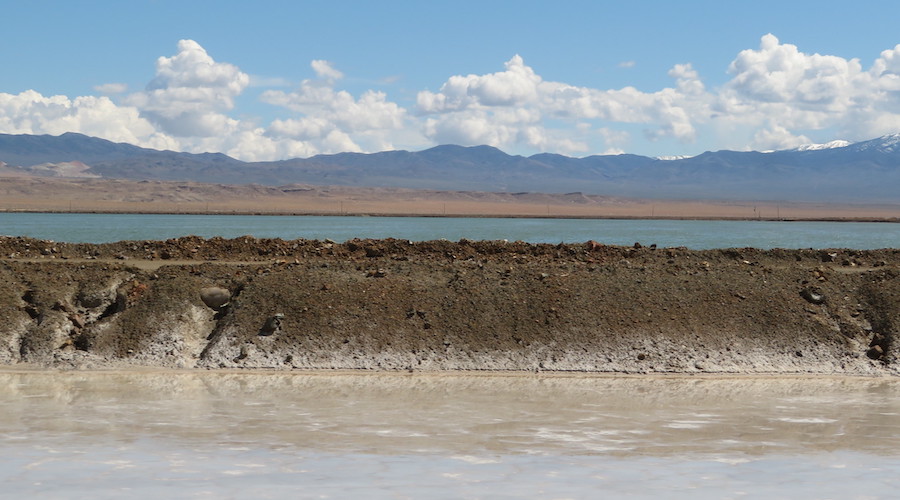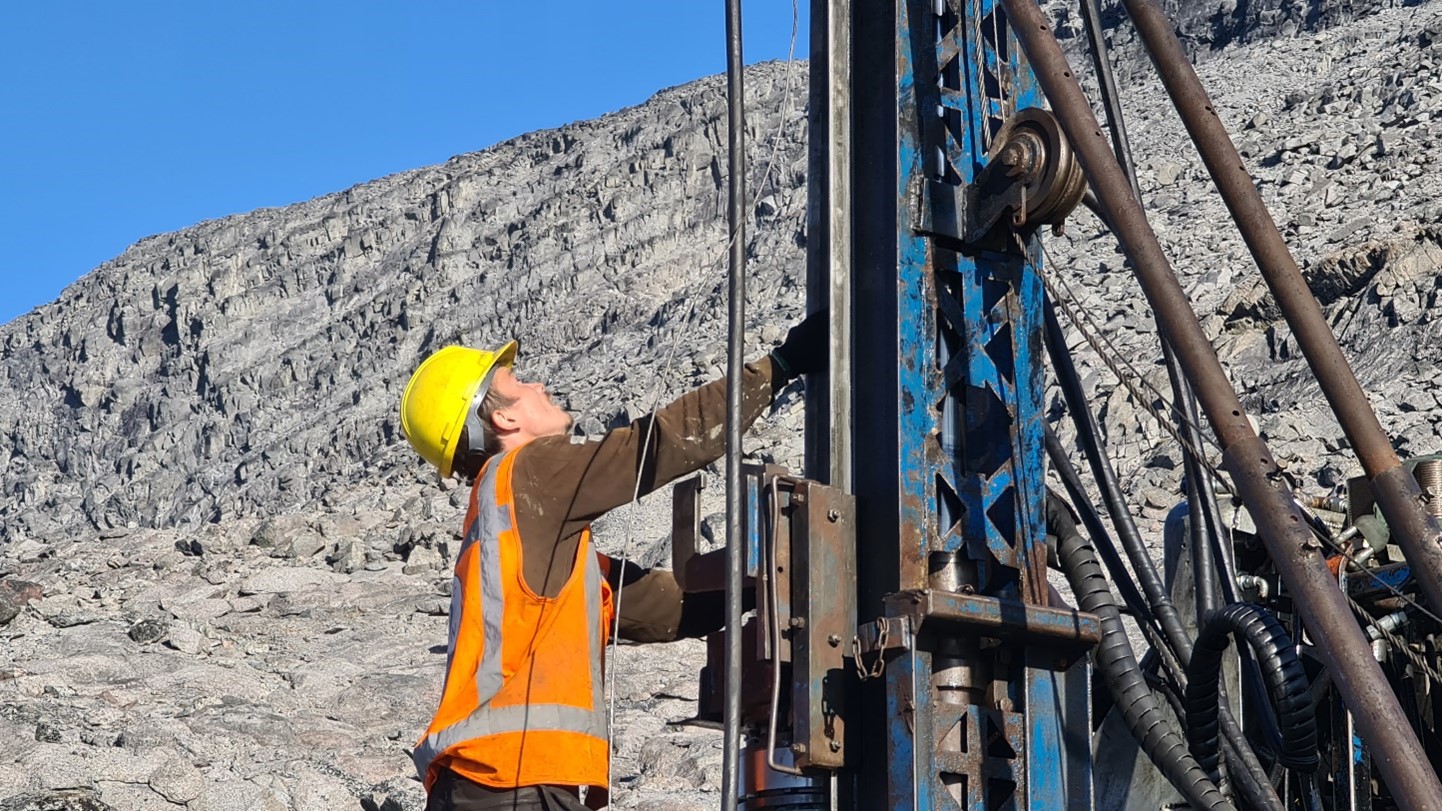America’s timeline for development of domestic battery metal supply chain may be unrealistic – research

By 2027, for an EV to be tax-credit eligible in the US, 80% of the market value of critical minerals in its battery must be extracted or processed domestically or by US free-trade partners (FTPs), Northwestern University researchers say.
In a commentary published in the journal Nature Sustainability, Jennifer Dunn and Jenna Trost wrote that while this goal – part of the 2022 Inflation Reduction Act – is well-intended, there are reasons to believe the mandate is unreachable and could create new problems.
According to Dunn and Trost, the 80%- target could be achievable for some types of batteries for plug-in hybrid vehicles, but meeting demand for fully electric vehicles with batteries that meet IRA criteria would be challenging. Instead, a mass-based target could avoid some of the challenges posed by a market-value target, such as pinning down a consistent market value for each mineral when market prices are volatile.
The researchers also concluded that the approach taken by the IRA discounts the environmental effects of mining, non-critical minerals supply, and definitions that avoid gamesmanship.
In their view, to meet the demands of the bill, a steep increase in domestic mining would be needed. This could pose environmental issues, including water pollution, in addition to creating greenhouse gas emissions from burning fuel to operate mining equipment.
Building mines also takes time. Permitting processes to protect the environment and worker safety can create delays and extend that timeline. Communities may also resist new mines because of the potential environmental impact. This means that establishing a domestic supply of minerals is unlikely to meet the IRA’s aggressive timeline.
“There’s a lot of interesting social and political dynamics. Some people don’t want new or expanded mines, and others welcome the economic activity and the opportunity to become more energy independent by building out a domestic minerals supply chain,” said Dunn, who is the director of the Center for Engineering Sustainability and Resilience. “It’s fascinating to watch how this is going to play out.”
She believes that much of the mineral supply chain will continue to be international. As a result, there’s also the issue of labour laws in countries that are not FTPs, raising the question of responsible sourcing.
The researcher pointed to Argentina as a case study. The South American nation is a non-FTP country that provided 59% of the 2,618 tons of lithium mineral the US imported in 2019. Argentina does not offer the labour and environmental protections the US requires of FTP partners, but any minerals acquired from the country would still count if they were processed domestically.
Dunn and Trost argue that guidance should be provided regarding what constitutes processing, and what are allowable sources for the minerals that would be processed in the US or an FTP.
“We have ostensibly good labor protections for miners, but that’s not the case everywhere. What are the ethical implications of using minerals from other places?” Dunn pointed out. “And then, are we going to be really serious about recycling? because we’re clearly not with plastics. We have to be really serious. Investment in battery recycling is growing, but it still needs to be larger.”
Market value target
Dunn and Trost also raised concerns about the use of a market value-based target.
A market value-based target can be met before all the critical minerals in a battery are acquired from a secure source such as the US or an FTP, depending on the battery chemistry.
The environmental effects of critical minerals acquisition are physically tied to the amount of mineral produced rather than its market value.
Market values fluctuate. The researchers noted that prices for cobalt and nickel, for example, have increased by about $13,000 and $4,000 per metric ton, respectively, since 2019.
Many non-critical minerals central to batteries are mainly produced outside the US, raising supply risks.
Instead, the authors suggested using a mass-based standard. Using a mass-based target, they wrote, would reduce uncertainty and hold all automakers to the same standard in the interpretation of market value.
“Given the fluctuations in mineral market values, using a mass-based target in the policy could improve its transparency but may not incentivize production of high-value minerals domestically, which is important for mineral security,” Dunn and Trost said.
{{ commodity.name }}
{{ post.title }}
{{ post.date }}




Comments
W
Looks like someone forgot to tell, old sleepy Joe, that he can’t compress China’s TWENTY YEARS LEAD, upon the USA, in Lithium Batteries and EV manufacturing, into just one year, of now playing catch-up, ..no matter, ..how much, newly printed ‘free-money’ he and his Fed, likes to now throw at the US Auto makers…! ?